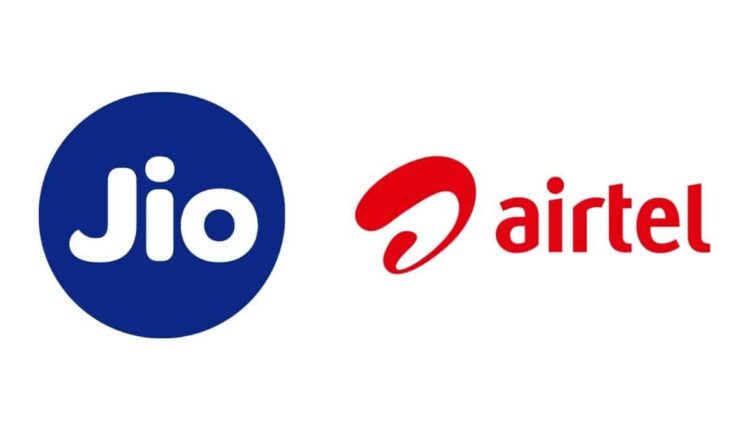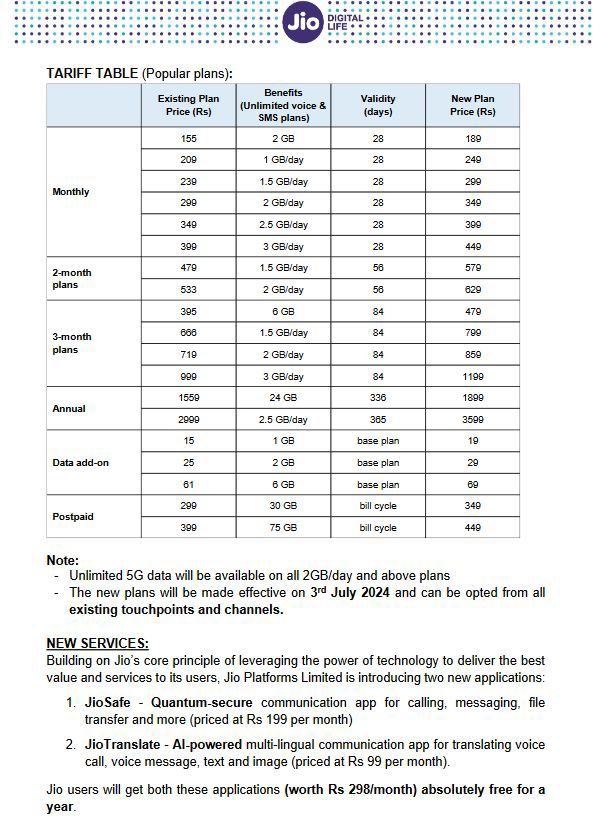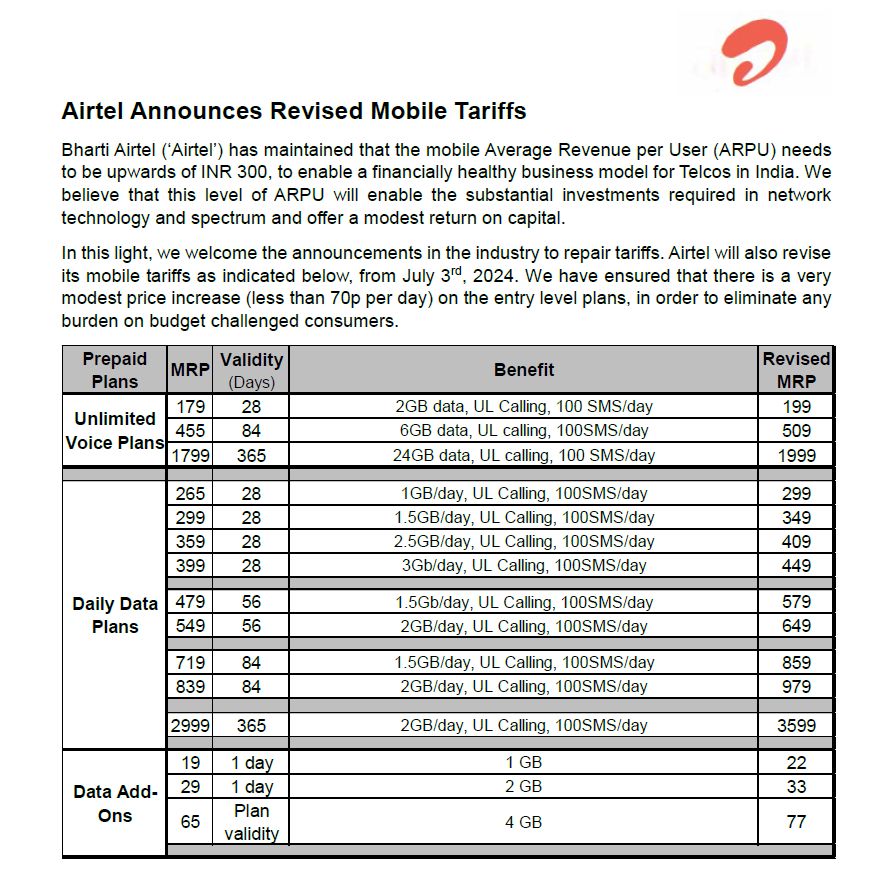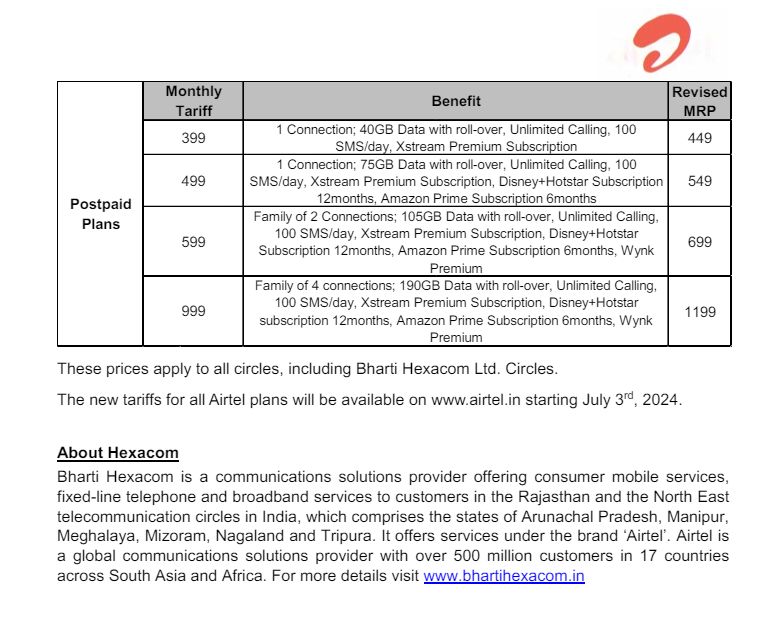Causes and Impact of Jio, Airtel Tariff Hike
Understanding the Reasons and Effects of Rising Telecom Prices
Major telecom companies Airtel and Jio announced plans to hike their tariffs by 10-25%. This decision follows a trend in the telecom industry where rising operational costs and strategic investments drive price adjustments.
For instance, Airtel plans to spend ₹75,000 crore on capital projects from 2024-2026. Similarly, Jio is investing heavily in 5G infrastructure. These changes reflect the need for increased revenue to support network expansion and service improvements. Let’s delve into the main causes of the Airtel and Jio tariff hike and its potential impact on consumers and the industry.
Causes of the Tariff Hike
Rising Operational Costs
The fast development of 5G networks has resulted in increased operational expenditures for telecom operators. Installing 5G infrastructure is expensive and necessitates large acquisitions of spectrum and new technological investments. For example, Bharti Airtel anticipates spending ₹75,000 crore on capital projects throughout the fiscal years 2024–2026.
Strategic Investments
Jio and Airtel are both making significant investments to grow their service offerings. In addition to growing its business and Fiber-to-Home services, Airtel intends to enhance its 2G network. These calculated actions are intended to improve service coverage and quality, which supports the necessity for increased rates to finance these projects.
Market Dynamics
Pricing is also influenced by the telecom market’s level of competition in India. Little firms like Vodafone Idea and BSNL have been losing market share to larger ones like Jio and Airtel. They will have more power to change rates as they solidify their positions and avoid losing sizable clientele.
Support Independent Journalism? Keep us live.
Impact of the Tariff Hike
Spending by Consumers
Customers will immediately feel the effects, as their monthly payments will rise. Users would have to spend a larger portion of their budgets for mobile and data services due to a 10–17% increase. By the end of FY27, for example, Airtel’s Average Revenue Per User (ARPU) may rise from ₹208 to ₹286.
Service Quality
Positively, increased rates could result in better service quality. Increased income allows telecom providers to make greater infrastructure investments, which will result in faster internet speeds and more dependable connections. This is especially crucial for the development of 5G services, which have the potential to completely transform digital services and connections.
Market Competitiveness
Elevated rates might potentially maintain market stability by guaranteeing the ability of telecom providers to maintain their businesses and develop further. Higher costs, meanwhile, run the danger of encouraging some customers to look for less expensive options, which would impede the main providers’ ability to add new subscribers.
The Jio and Airtel tariff hike is a significant development in the Indian telecom sector. While it may strain consumer budgets, the move is essential for supporting the ongoing expansion and enhancement of telecom services. As the industry evolves, these price adjustments will play a crucial role in shaping the future of connectivity in India.





Comments are closed.